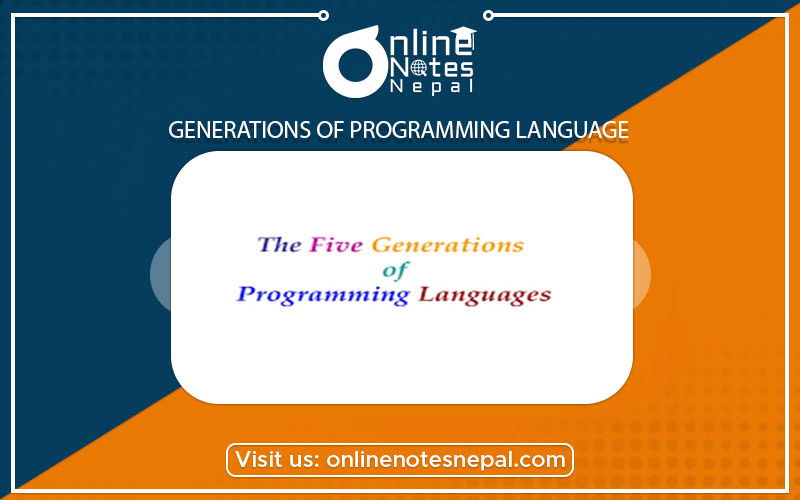Published by: Zaya
Published date: 17 Jun 2021

Programming languages have been developed over the year in a phased manner. Each phase of development has made the programming language more user-friendly, easier to use, and more powerful. Each phase of improvement made in the development of the programming languages can be referred to as a generation. The programming language in terms of its performance reliability and robustness can be grouped into five different generations,
1.First-generation languages (1GL)
2.Second-generation languages (2GL)
3.Third-generation languages (3GL)
4.Fourth-generation languages (4GL)
5.Fifth-generation languages (5GL)
The first-generation programming language is also called low-level programming language because it was used to program the computer system at a very low level of abstraction. i.e. at the machine level. The machine language also referred to as the native language of the computer system is the first-generation programming language. In machine language, a programmer only deals with a binary number.
Advantages of the first-generation language
The second-generation programming language also belongs to the category of low-level- programming language. The second-generation language comprises assembly languages that use the concept of mnemonics for the writing program. In the assembly language, symbolic names are used to represent the opcode and the operand part of the instruction.
Advantages of second-generation language
The third-generation programming languages were designed to overcome the various limitations of first and second-generation programming languages. The languages of the third and later generations are considered high-level languages because they enable the programmer to concentrate only on the logic of the programs without considering the internal architecture of the computer system.
Advantages of third-generation programming language
Examples: FORTRAN, ALGOL, COBOL, C++, C
The languages of this generation were considered as very high-level programming languages that required a lot of time and effort that affected the productivity of a programmer. The fourth-generation programming languages were designed and developed to reduce the time, cost and effort needed to develop different types of software applications.
Advantages of fourth-generation languages
Examples: FORTRAN, ALGOL, COBOL, C++, C
The languages of this generation were considered as very high-level programming languages that required a lot of time and effort that affected the productivity of a programmer. The fourth-generation programming languages were designed and developed to reduce the time, cost and effort needed to develop different types of software applications. These programming languages allow the efficient use of data by implementing various databases.
They require less time, cost, and effort to develop different types of software applications.
Advantages of fourth-generation languages
Examples: SOL, CSS, Coldfusion
The programming languages of this generation mainly focus on constraint programming. The major fields in which the fifth generation programming language are employed are Artificial Intelligence and Artificial Neural Networks
Advantages of fifth-generation languages